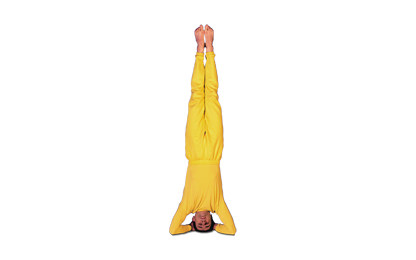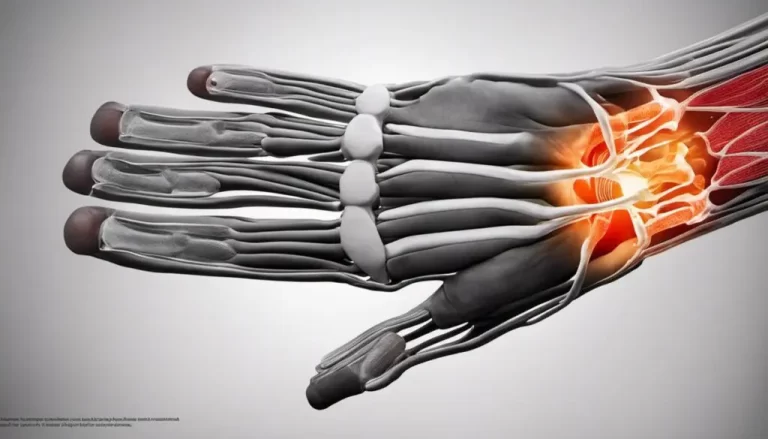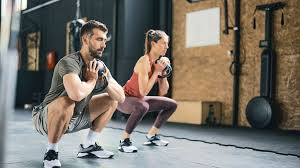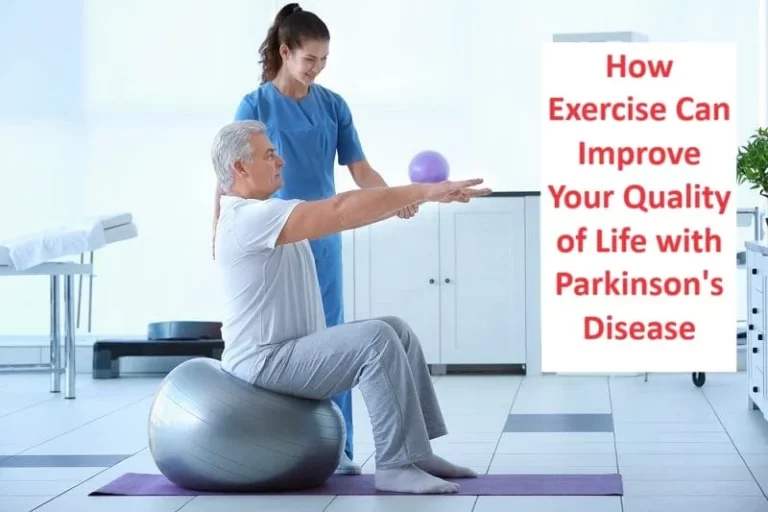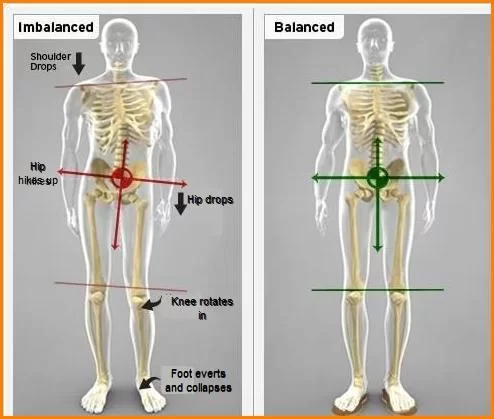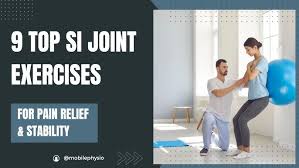Shirshasana (Headstand)
Table of Contents
What is a Shirshasana (Headstand)?
Shirshasana (Headstand) is a highly beneficial yoga pose that involves balancing on your head with your body aligned vertically. Often referred to as the “king of asanas,” Shirshasana strengthens the upper body, core, and legs, while improving circulation, mental clarity, and focus.
This inverted pose also stimulates the thyroid and pituitary glands, promoting hormonal balance. Though it requires balance, strength, and proper technique, when practiced safely, Shirshasana can enhance overall health, improve posture, and provide a sense of calm.
Beginners should practice it under the guidance of a trained instructor to avoid strain or injury.
Steps of Shirshasana (Headstand)

Interlock your fingers and move your body forward placing the forearms on the floor. Spread the elbows slightly more than shoulder-width apart, forming an equilateral triangle.
Place the crown of your head in the space between your palms. Gently press your hands against your head to get a firm grip.
Raise your buttocks off the floor making the knees and legs straight.
Walk a few steps towards your head, as much as you possibly can (without straining).
Slightly bend the knees, tuck your thighs in your abdomen and chest. Slowly shift the weight of your body from toes to head and arms. Balance the body.
Carefully lift one foot off the ground, maintaining the balance, and then the other foot.
Slowly, bend your knees bringing the heels near your buttocks.
Slowly raise the legs either one by one or together, in the vertical position. The body must be straight. This is the final position.
Hold the pose for as long as it feels comfortable, breathing normally.
Practice Shirshasana once for the duration of 3-5 minutes, though 10-30 seconds are enough if you are a beginner.
Shirshasana (Headstand) Youtube Video
Benefits of Shirshasana
Increases the blood circulation in the brain and upper part of the body.
Regulates irregular menstruation and keeps reproductive organs healthy.
Reduces mental and emotional stress and anxiety.
Tones abdominal muscles and reproductive organs.
Improves the functioning of the brain and relaxes the mind.
Increases memory power and improves concentration.
Regulates the functioning of all the systems of the body.
Reverse blood circulation keeps the eyesight healthy as well as ears and tonsils.
The reverse flow of blood leads to tissue regeneration in the lower part of the body.
Moves stagnant blood from the lower part of the body such as the abdomen, legs, and reproductive organs.
Strengthens:
The vertebral column, Lung, Leg, and Arm.
Pose type:
Inversion.
Shirshasana Variations:
As students have varying abilities, a given yoga pose may be easy for a particular student but hard for another. In such cases, as a yoga teacher, you can introduce pose variations to further challenge a student who is finding a specific yoga pose easy or introduce an easier variation of a pose for the student who is finding the main pose hard.
Pose variations can therefore help your students grow and build further confidence in their yoga practice no matter what their starting ability levels are. And this is where your role as a yoga teacher becomes very important. Below we have compiled 32 pose variations of Headstand Pose at one place to give you ideas to plan your yoga classes as you interact with students of different levels.
Modifications:
Balance in this pose is difficult at first. Perform Sirsasana against a wall. Bring the knuckles of the clasped hands to the wall. If possible, do the pose in the corner of a room, so that the right-angled walls touch your shoulders, hips, and outer heels.
Precautions:
Avoid practicing Headstand Pose if you suffer from any of these conditions:-
Frequent headaches, high blood pressure, neck problems, heart problems, constipation, weak eye blood vessels, kidney problems, and other conditions such as:
arteriosclerosis (thickening and hardening of the walls of arteries)
thrombosis (formation of the blood clot inside a blood vessel)
catarrh (excessive discharge or build-up of mucus in the nose or throat)
conjunctivitis (inflammation of the outermost layer of the white part of the eye)
migraine (a recurrent and long-term throbbing headache)
glaucoma (increased pressure inside the eyeball leading to gradual loss of sight)
Contraindication of Shirshasana
As this pose is considered to be an Advanced Level Pose, it is best performed with sufficient prior experience or unless with the supervision of an experienced teacher.
Any form of back injury.
Avoid if suffering from blood pressure.
Any form of neck injury.
Anyone suffering from any form of heart disease.
Not for pregnant women or women who are menstruating.
For someone with excess weight, the weight may be too heavy for the eyes and the neck.
Blood hemorrhage and someone with weak blood vessels in the eyes.

